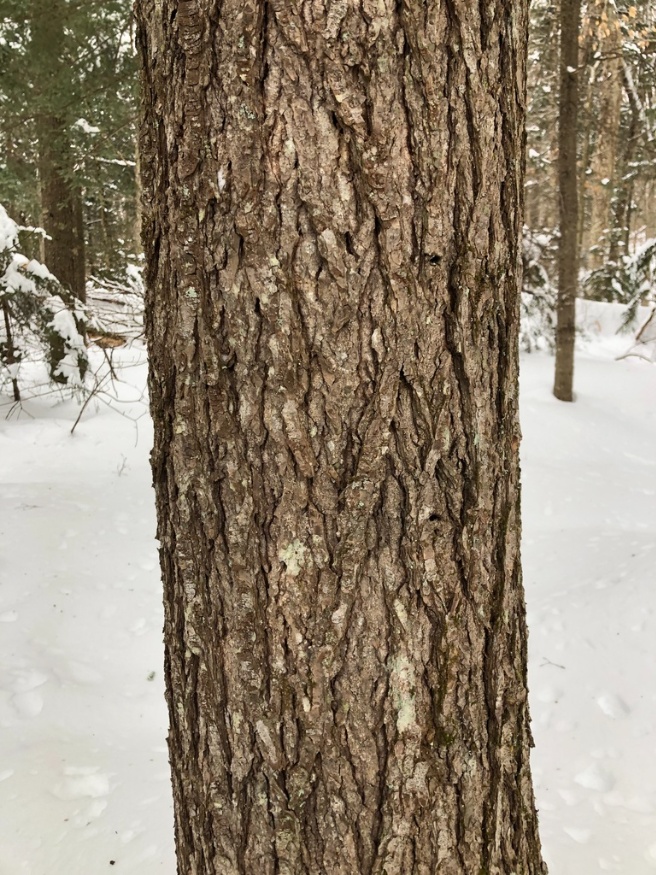Eastern Hemlock
Other Names: Canadian hemlock, Canada hemlock, spruce pine, hemlock spruce
Family: Pinaceae Native to: Eastern North America
Hardy to zone: 3
Eco benefits: attracts birds, medicinal, windbreak
Natural habitat: understory, inner forests, hillsides & uplands
Shapes: conical, irregular, pendulous, wide spreading, upright
Height: 40-80ft
width: 25-40ft
Growth rate: slow
Unique attractions: branching
Tolerances: heavy pruning
Common uses: reforestation, landscaping, specimen, naturalized plantings, shade garden
Insects: red spider mite, wooly adelgid, gypsy moth, scale, borers, leaf miners, spruce budworm, bagworms
Diseases: canker, leaf blight, rust, sapwood rot
Light: full sun, partial shade, full shade
Soil: moist and fertile, well drained, drought sensitive, ph adaptable, acid ph
The eastern hemlock grows from the Maritimes and Southern Ontario to the North Eastern United States. It is mainly found in moist, cool areas such as low slopes, and valleys. The shape is conical when young, becoming irregular with age. Thin branches droop gracefully giving this conifer a loose and delicate appearance. The eastern hemlock is very shade tolerant, making it ideal for a naturalized woodland garden.

The bark is scaly when young, becoming ridged and deeply furrowed as the tree ages. The root system is shallow and widespread. Needles are flat in shape and 0.5 to 1 inch in length. Leaf colour is shinny on top with two light coloured bands underneath, similar in appearance to the needles of balsam fir. Small, oval shaped cones drop seeds from late fall to winter, which persist into the next season.
The eastern hemlock can live up to 600 years in age. Sensitivities include heat and drought. Its main pest threat is the Hemlock wooly adelgid; with borers, scales and mites as secondary occasional issues.
The tree's seeds provide food for songbirds, foliage provides coverage for animals such as deer, wild turkey and rabbits. In the past, tannins from the bark were used for tanning leather. The leaves can be used in tea as a vitamin C supplement.
References
Arbor Day Foundation. (n.d.). Canadian Hemlock Tsuga canadensis. Retrieved from https://www.arborday.org/trees/treeguide/TreeDetail.cfm?ItemID=849
Natural Resources Canada. (2015). Eastern hemlock. Retrieved from https://tidcf.nrcan.gc.ca/en/trees/factsheet/75
NC State Extension. (n.d.). Tsuga canadensis. Retrieved from https://plants.ces.ncsu.edu/plants/tsuga-canadensis/
Tree Atlas - Ontario. (2021). Eastern hemlock. Retrieved from https://www.ontario.ca/page/eastern-hemlock
University of Guelph Arboretum. (n.d.). Eastern Hemlock - Tsuga canadensis. Retrieved from https://arboretum.uoguelph.ca/thingstosee/trees/easternhemlock